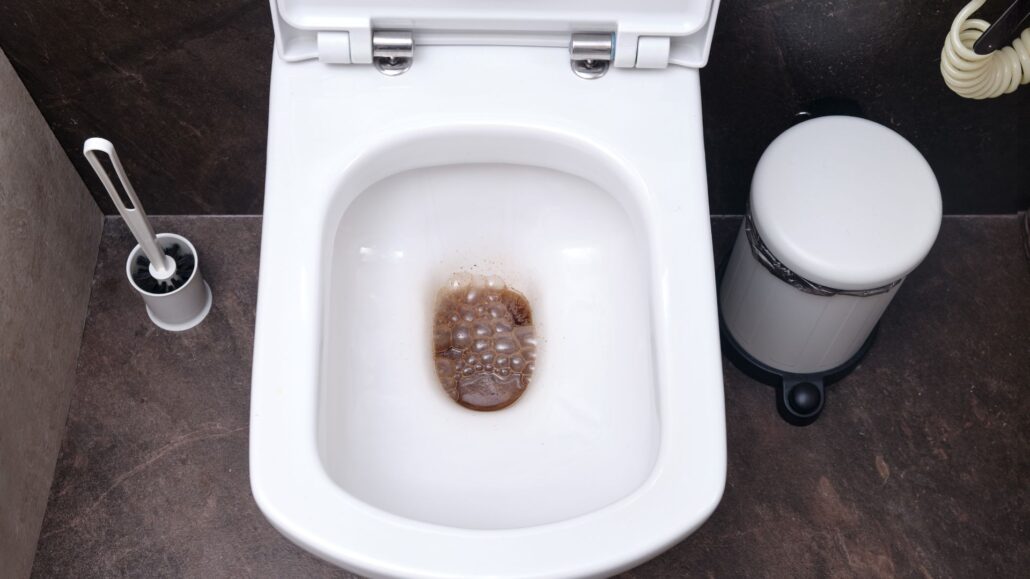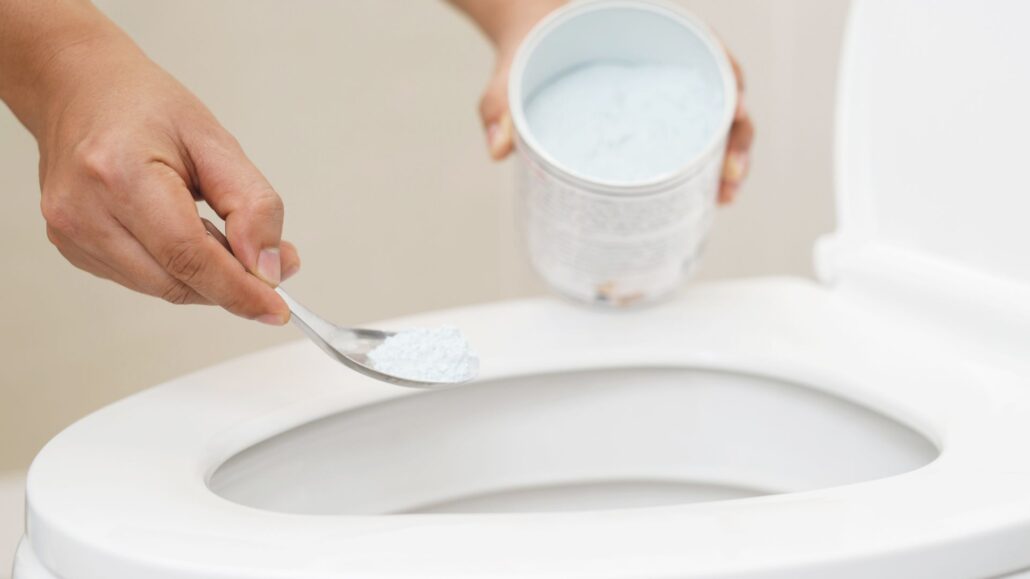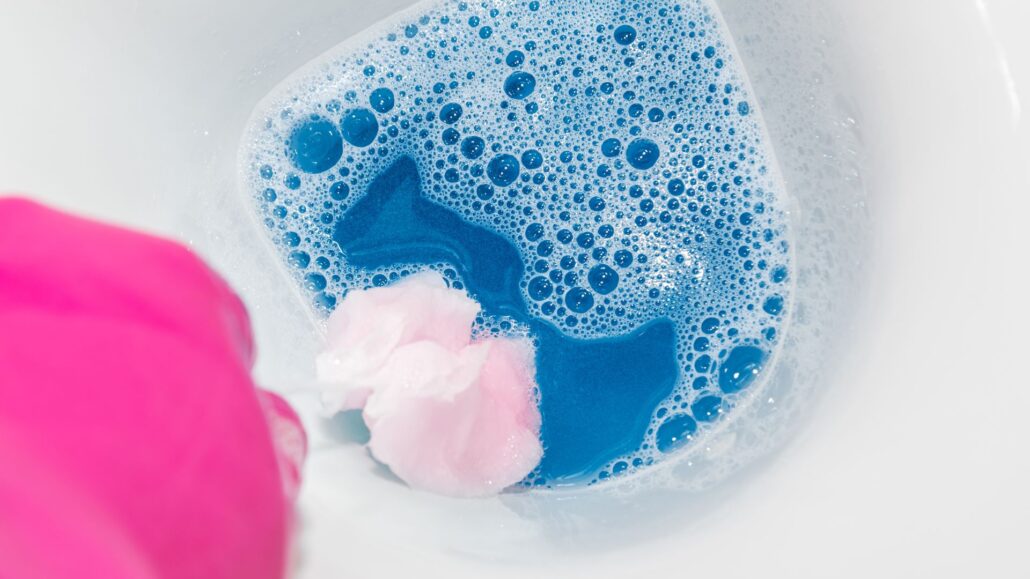Encountering a clogged toilet is a situation many of us face with a grimace and a sigh. It’s the kind of household hiccup that seems to occur at the most inconvenient moments, often leaving homeowners grappling with the potential mess and disruption it causes. Toilet paper, while designed to be flushed, can sometimes culminate in stubborn blockages that bring our daily routines to an uncomfortable halt.
The scenario is all too familiar: one flush too many, and the water rises ominously rather than swirling away as it should. It’s not just an issue of functionality; a clogged toilet can quickly escalate into a matter of hygiene, with the risk of unsanitary water spilling onto the bathroom floor. This common plumbing predicament impedes our comfort and poses the risk of water damage and costly repairs if not addressed promptly and effectively.
Acknowledging the disruption that a clogged toilet brings to any household, it’s essential to understand the mechanics behind these blockages and arm oneself with knowledge and strategies to resolve the issue swiftly, maintaining the sanctity of our bathrooms and the smooth flow of our daily lives.
Navigating the Waters of Toilet Clogs: Causes and Prevention

When toilet paper fails to disintegrate quickly enough upon flushing, it can accumulate and form clogs that obstruct the flow of waste through the plumbing. The situation is often exacerbated by excess paper used during a single flush or the flushing of paper unsuitable for septic systems. The dissolvability of toilet paper varies widely with its thickness and quality; single-ply paper, for instance, breaks down far more readily than its plush, multi-ply counterparts.
The market offers a variety of toilet paper types, ranging from ultra-soft, luxurious options to the more eco-friendly, recycled paper varieties. While consumers may prefer the comfort of thicker, quilted toilet paper, these often contain adhesives that bind the layers together, reducing the rate at which they dissolve. In contrast, thinner, single-ply paper may compromise on comfort but is less likely to cause blockages due to its quicker disintegration in water.
Apart from toilet paper, other culprits commonly contribute to clogs. Items such as sanitary products, wipes (even those labelled as ‘flushable’), cotton balls, and dental floss are frequent offenders. These non-dissolvable materials do not break down in water. They can snag on any imperfections in the pipes, accumulating over time to form a formidable barrier to the passage of waste.
The significance of regular maintenance to prevent clogs cannot be overstated. Regularly cleaning and inspecting toilets can help identify potential issues before they escalate. Homeowners should also educate all household members about what can and cannot be flushed.
DIY Unblocking: A Step-by-Step Guide to Clearing Your Toilet

Mastering the Plunger Technique
A plunger can often be your first line of defence against a toilet clog caused by toilet paper. To use a plunger effectively, follow these steps:
- Choose the Right Plunger: Opt for a flange plunger designed specifically for toilets, as it forms a better seal.
- Create a Good Seal: Fit the plunger over the toilet’s drain hole to ensure a vacuum is created.
- Gentle Initial Plunge: Start with a gentle push to expel air without splashing water.
- Vigorous Plunging: Following the initial plunge, use forceful thrusts to move the clog back and forth until the water starts to drain.
- Break the Seal: After several plunges, quickly pull the plunger away to break the seal, which can help dislodge the clog.
- Repeat as Necessary: If water drains, flush to test. If the clog remains, repeat the plunging process.
Home Remedies for Clog Removal
When a plunger isn’t enough or isn’t available, you can turn to common household items:
- Hot Water and Dish Soap: Heat a pot of water just below boiling and add a few squirts of dish soap into the toilet bowl. Pour the hot water from the waist level to increase force, which can help break up the clog. Give it a few minutes to work before attempting another flush.
- Baking Soda and Vinegar: Pour one cup of baking soda into the toilet bowl, followed by two cups of vinegar. The fizzing action can help dissolve the clog. Let it sit for an hour before flushing with hot water.
Chemical Cleaners: A Word of Caution
Chemical drain cleaners can offer a quick fix, but they come with a set of risks:
- Pipe Damage: Harsh chemicals can erode pipes over time, especially in older plumbing systems.
- Health Hazards: Toxic fumes can be harmful if inhaled, and there is a risk of chemical burns upon contact with skin.
- Environmental Impact: These chemicals can be detrimental to the environment once they enter the water system.
Recognising a Stubborn Clog
Sometimes, a clog might be too persistent for DIY methods:
- Water Fails to Drain: The clog might be too deep if water remains stagnant after multiple attempts.
- Water Overflows: If plunging or other methods cause the toilet to overflow, it’s time to stop and seek professional help.
- Gurgling in Drains: Hearing gurgling sounds from other drains in the house can indicate a more extensive blockage within the plumbing system.
In such cases, it’s advisable to contact a professional plumber who has the tools and expertise to safely and effectively clear the clog without causing damage to your plumbing.
Preventing Future Toilet Clogs

To ensure a clog-free toilet, proactive measures must be taken beyond merely responding to blockages. Establishing mindful flushing habits is crucial; use toilet paper sparingly, selecting thinner, easily dissolvable varieties, particularly if you have a low-flow toilet system.
It’s also essential to communicate with your household the importance of not flushing items such as wipes, feminine hygiene products, cotton swabs, and dental floss—these belong in the trash, not the toilet.
Alongside good usage practices, regular maintenance checks play a vital role; routine plumbing inspections can identify and rectify minor issues before they escalate into significant problems. Keeping the toilet and its environs clean can help prevent the accumulation of materials that might lead to clogs.
Expert Solutions for a Seamless Flow
For those challenging moments when a stubborn clog disrupts the tranquillity of your home, rest assured that expert solutions are within reach to restore seamless flow to your plumbing.
The Brisbane Plumbers stand as your dependable ally in the world of plumbing emergencies. With their expertise in emergency plumbing, pipe relining, blocked drains, general plumbing, hot water systems, and gas fitting, any issue can be addressed efficiently and professionally.
Don’t let it escalate if you’re facing a plumbing concern in Brisbane. Reach out to The Brisbane Plumbers for prompt, reliable service that will bring peace of mind and functionality back to your household utilities. Whether it’s an urgent repair or a routine check-up, their team is equipped to handle it all.
